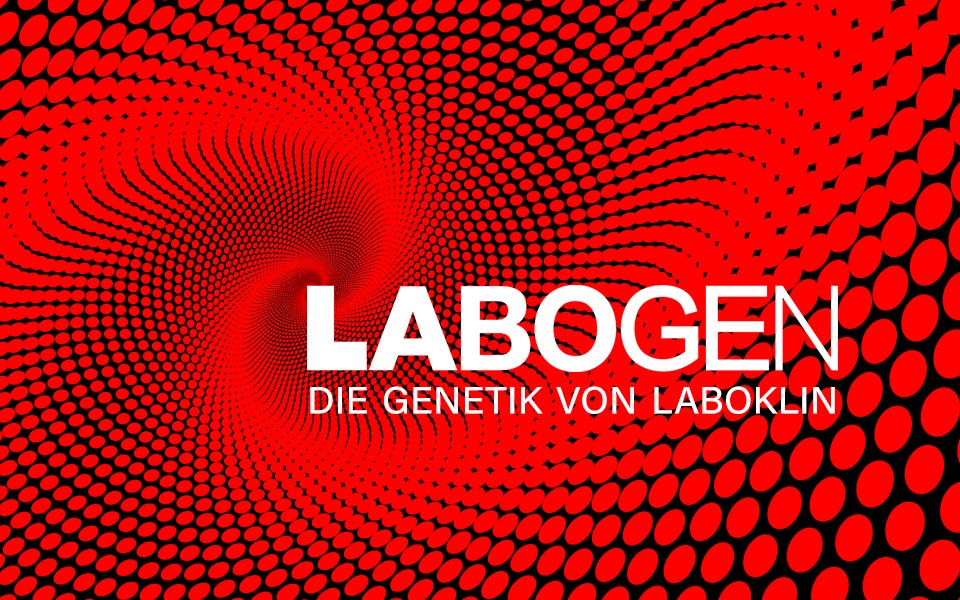Occipitoatlantoaxial Malformation (OAAM)
Occipitoatlantoaxial Malformation (OAAM)*
General description
Occipitoatlantoaxial malformation (OAAM), an inherited developmental condition primarily found in Arabian horses, causes abnormal development of the vertebrae and results in compression of the upper cervical cord with subsequent neurological damage.
Breeds
Arabian Horse
Order details
| Test number | 8850 |
| Abbreviation | OAAM |
| Sample material | mane/tail hair roots |
| Test duration | 21-28 working days |
Test specifications
| Symptom complex | skeletal |
| Causality | associated |
| Literature | OMIA:000081-9796 |
Detailed description
Occipitoatlantoaxial malformation (OAAM) is a developmental defect in which the first cervical vertebra (atlas) resembles the base of the skull (occiput) and the second cervical vertebra (axis) resembles the atlas. This abnormal structure causes compression of the upper cervical cord, which leads to neurological damage. Affected individuals demonstrate abnormal head and neck carriage with neck extended, reluctance to move the neck, or signs of neck twisting. Movement of head and neck can also produce a clicking sound. Clinical signs vary from mild progressive incoordination and weakness of limbs to the inability to stand. OAAM is presumed to be inherited as an autosomal recessive defect in Arabian horses, but different mutations appear to be involved. One such variant has been identified by researchers at the School of Veterinary Medicine, University of California, Davis. This variant, associated with one form of OAAM in Arabians, consists of a large deletion in the homeobox gene cluster (HOX). The genetic basis of other forms of OAAM are under investigation.




